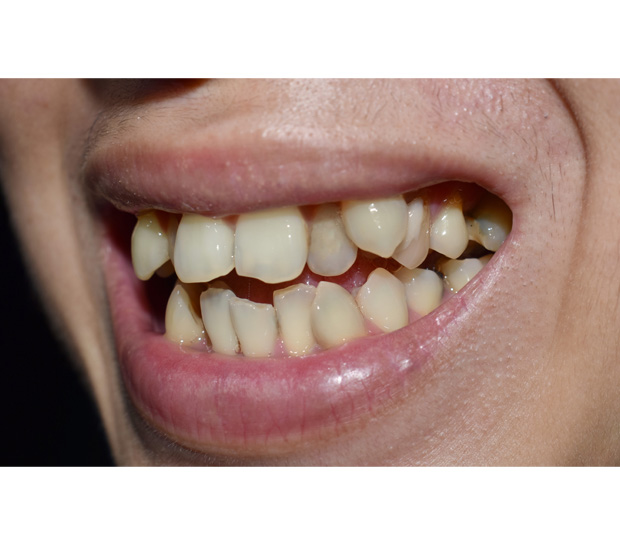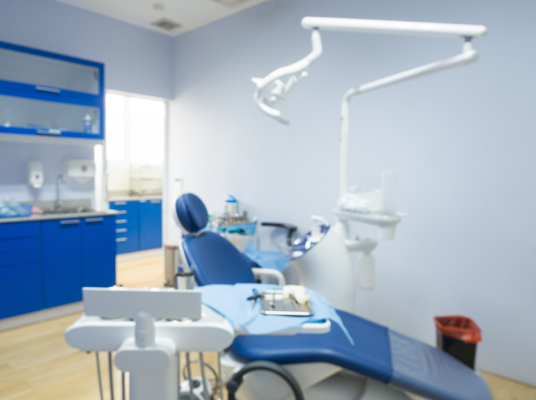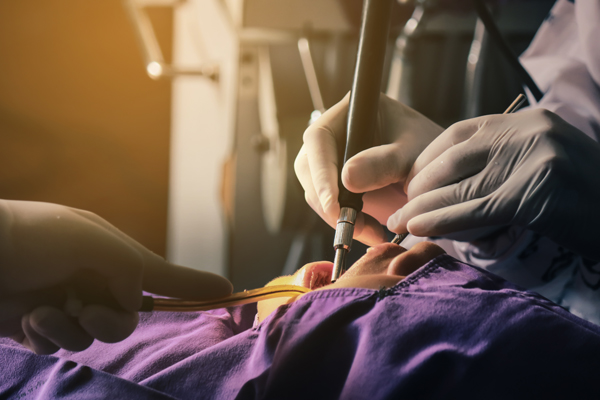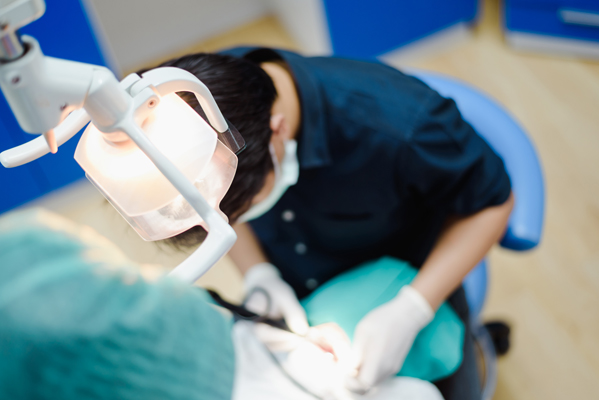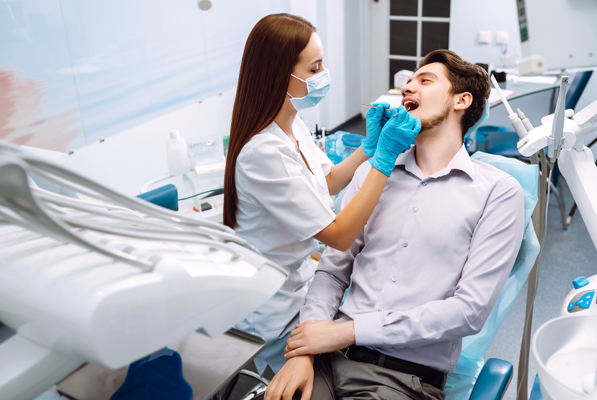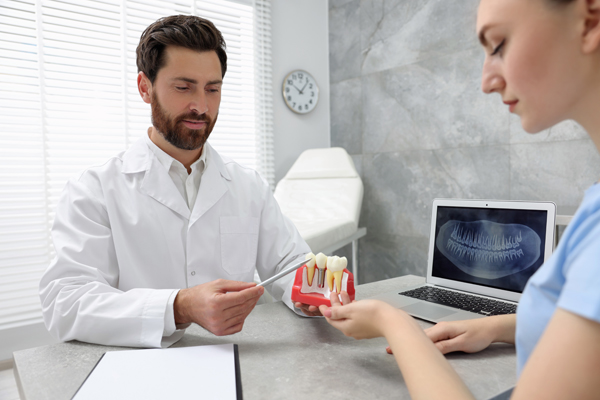Impacted ToothCoon Rapids, MN
What Is An Impacted Tooth?
You may have heard the term “impacted” used to describe a tooth and wonder what it means.
In orthodontic or dental terms, “impacted” means that a tooth either has not come in (“erupted”) when expected or a tooth that cannot erupt because it does not have room or may be coming in the wrong direction or position. What causes an impacted tooth may not be known – for some people, it just happens. Genetics can play a role, so if a parent had an impacted tooth, their child may experience the same problem.
We often hear about older teenagers or adults having impacted wisdom teeth. But other teeth can be impacted, too.
Children who are getting their permanent teeth can have impacted teeth. A permanent tooth can be trapped in the gums if a baby tooth does not fall out on time or if something blocks the permanent tooth’s path, such as a cyst. A permanent tooth may not erupt at all, or if it does, the tooth may appear in the wrong place. Sometimes, an impacted tooth can harm the roots of neighboring teeth. Impacted teeth can also cause crowding and may cause already erupted teeth to move into unhealthy positions. Children may find it difficult to bite or chew, and there can be tenderness or pain. As the teeth become crowded, appearance is affected, and self-esteem can decline.
Dr. El Deeb is highly experienced in the removal of Impacted Teeth before the problem worsens. Call for a consultation and appointment (763) 284-3159.
After Exposure of an Impacted Tooth – Instructions
After Exposure of an Impacted Tooth, it is important to avoid disturbing the area. If Dr. El Deeb placed surgical packing materials around the area you should leave these alone
After Exposure of an Impacted Tooth, it is normal to have some bleeding. If your mouth is bleeding excessively and filling with blood you can bite on gauze pads and apply pressure with your bite for a half hour. If you continue to experience bleeding, contact our office.
It is also normal to experience swelling after exposure of an impacted tooth. Applying an ice pack externally to the affected area for the first 36 hours can help to reduce your swelling.
It is important that you drink plenty of fluids after your surgery. On the day of the surgery, you should try to only eat soft foods or liquids, and you should avoid hot liquids and food if possible. As your mouth heals you can return to a standard diet.
If you are experiencing small to moderate amounts of pain, you can take Tylenol or Ibuprofen according to instructions. If you are suffering from severe pain Dr. El Deeb may have prescribed pain relievers that you can take as prescribed.
Exercise and physical exertion should be kept to a minimum following surgery to allow for proper healing. Too much physical exertion can lead to bleeding, if this happens you should rest as soon as possible.
It is also important to keep your mouth clean to help the area heal properly. A warm saltwater rinse will help keep your mouth clear and should be performed until you are completely healed.
Impacted Canines
What Are Impacted Canines?
Impacted Canines are upper eyeteeth that have not properly erupted. These are the second most common type of impacted tooth, second only to wisdom teeth. Impacted cuspid teeth usually come in around thirteen years of age and are the last of the normal teeth to come into the mouth. Dr. El Deeb will be able to recognize the early signs of an impacted canine during normal oral examinations. Often times a referring orthodontist or general dentist will recognize these signs before sending the patient to Northside Oral & Maxillofacial Surgeons.
How Are Impacted Canines Treated?
Treatment may involve the orthodontist using braces to allow for proper eruption. Over retained baby teeth may be extracted as well as adult teeth that are in the way of the eruption path of the eyeteeth. If the eye teeth develop too much by the time the person is either 13 or 14 then the eyetooth will not erupt even though it now has space for eruption. If the person is over forty years of age, there is a good chance that the tooth will be stuck in its position.
For cases where the eye teeth will not erupt correctly, an orthodontist and oral surgeon will need to work together. Braces will be added by the orthodontist to open space for the impacted tooth. The oral surgeon will then expose the impacted tooth and remove any baby teeth that are present. The end goal of this process is to guide the impacted tooth to its correct place in the mouth. However, these processes may take a long time, almost up to a year.
After Surgery
You can expect there to be some amount of bleeding after the surgery along with discomfort in the days following. Most patients use Tylenol or Advil to minimize the pain, which they find is good enough. Make sure to follow the proper instructions that Dr. El Deeb has given you in order to ensure a proper and quick recovery.
You can expect there to be some amount of bleeding after the surgery along with discomfort in the days following. Most patients use Tylenol or Advil to minimize the pain, which they find is good enough. Make sure to follow the proper instructions that Dr. El Deeb has given you to ensure a proper and quick recovery.
Contact Us
Northside Minnesota Oral & Maxillofacial Surgeons is located at 11441 Osage St NW Ste 3 Coon Rapids, MN 55433.
